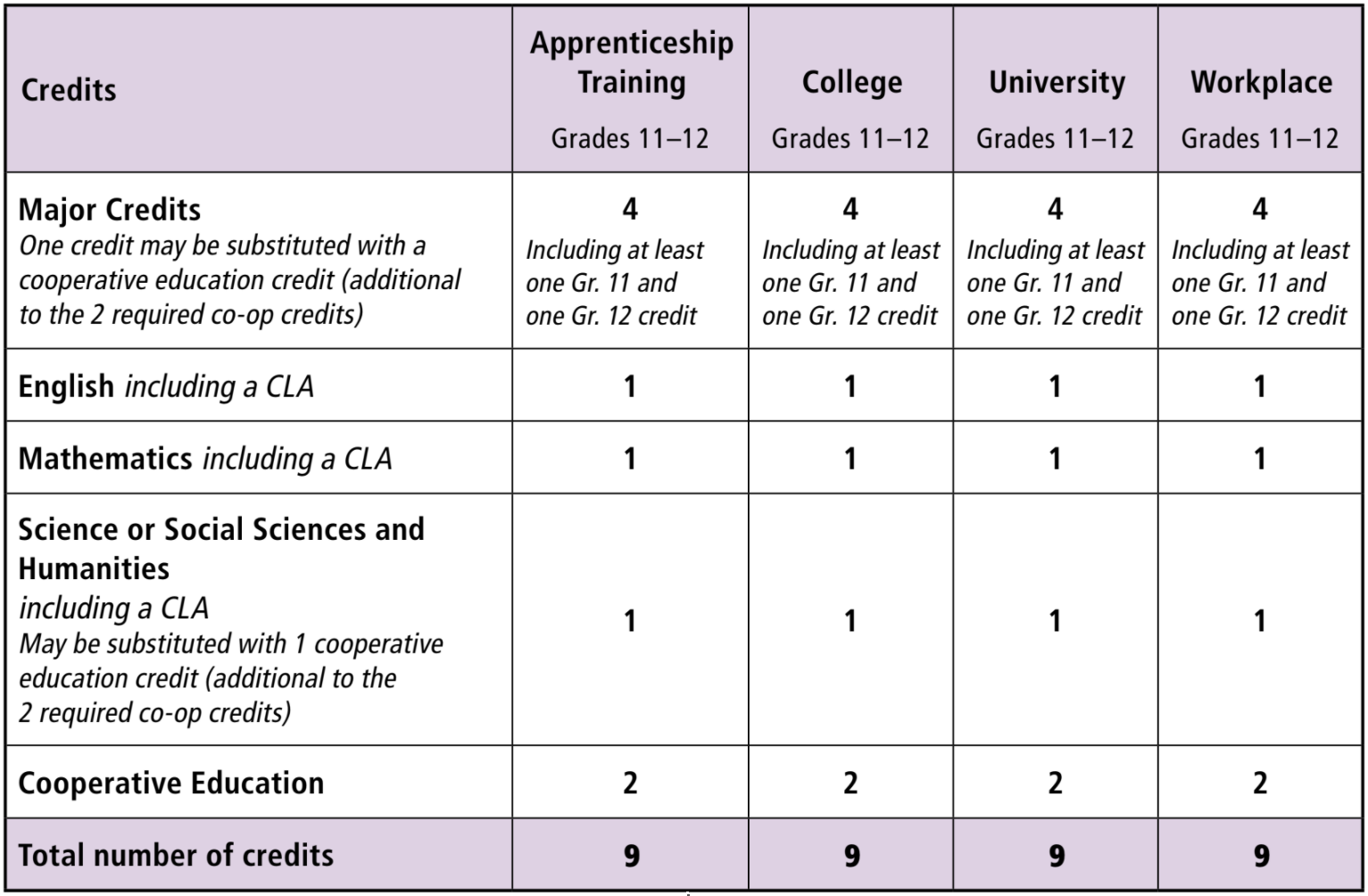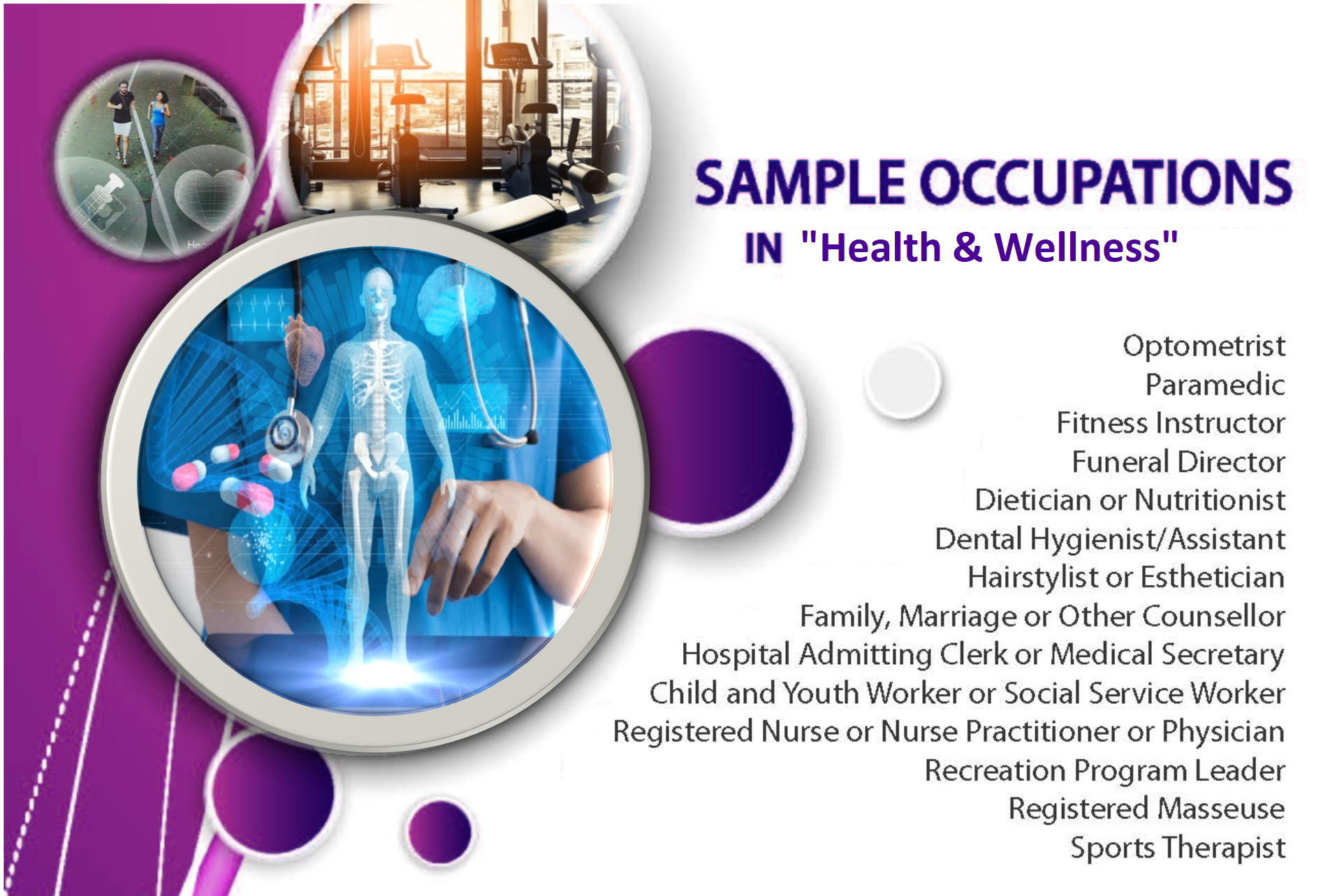The Health & Wellness sector has a wide variety of careers: kinesiologist, child care worker, audiologist, fitness instructor, doctor, nurse, physiotherapist, youth care worker, hospital porter, and medical technician. According to Canada’s Health Care System, published by Health Canada in 2005, “approximately 1.6 million people work in health care and social services in Canada”. The same publication states that this figure makes this sector “the nation’s third largest employer after manufacturing and the retail trade”. The demand for health and wellness professionals continues to increase due to the fact that a large number of employees in the sector are nearing retirement age. Also, as our population ages, the demands on the health care sector will rise.
The Health and Wellness SHSM enables students to build a foundation of sector-focused knowledge and skills before graduating and entering apprenticeship training, college, university, or an entry-level position in the workplace.
Health & Wellness SHSM Program Planner
Required SHSM Components:
1. A bundle of nine Grade 11 and Grade 12 credits

With proper planning, students can fulfill all OSSD graduation requirements, complete every SHSM component, and meet the entrance requirements for their desired post-secondary destinations, including college and university. Students are encouraged to complete their cooperative education credits in Grade 11 so that they can focus on taking credits required for college or university admission in Grade 12. Students may also consider taking “co-op” in summer school or night school.
2. Sector-recognized certifications and training
This SHSM sector requires students to complete four compulsory and three elective sector-recognized certifications.
3. Experiential learning and career exploration activities
Experiential learning and career exploration opportunities relevant to the sector might include the following:
- one-on-one observation of a cooperative education student at a placement in the arts and culture sector (an example of job twinning)
- a day-long observation of an artist (an example of job shadowing)
- a one- or two-week work experience with a member of an industry association or a professional in the sector (an example of work experience)
- participation in a local, provincial, or national competition focused on one of the arts
- attendance at a sector trade show, conference, symposium, or job fair
- a tour of a local theatre, museum, studio, or art gallery
4. Reach ahead experiences
Students are provided one or more reach ahead experiences – opportunities to take the next steps along their chosen pathway.
5. Sector-partnered experiences (SPEs)
Students engage with a sector partner and apply skills to gain insight into the relationship between this sector and ICE (innovation, creativity, and entrepreneurship), coding, and/or mathematical literacy.
Post-Secondary Scholarships for SHSM Students
